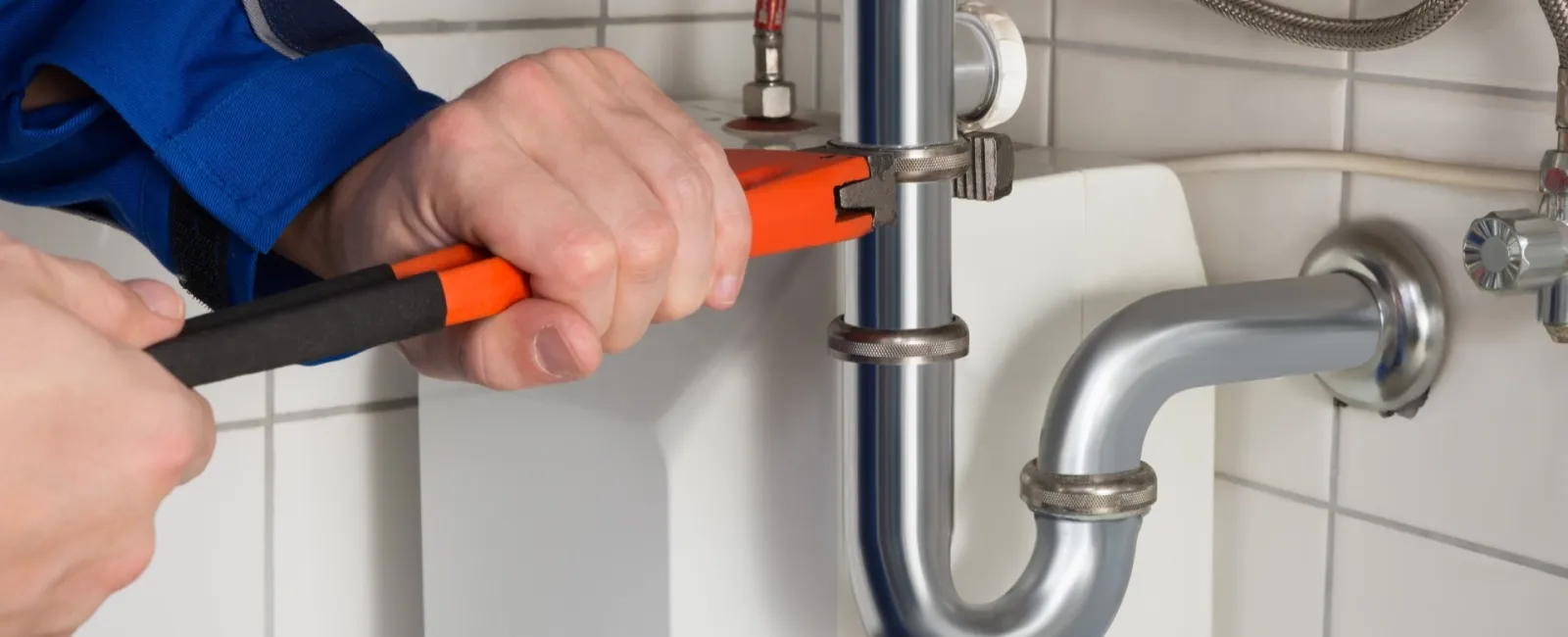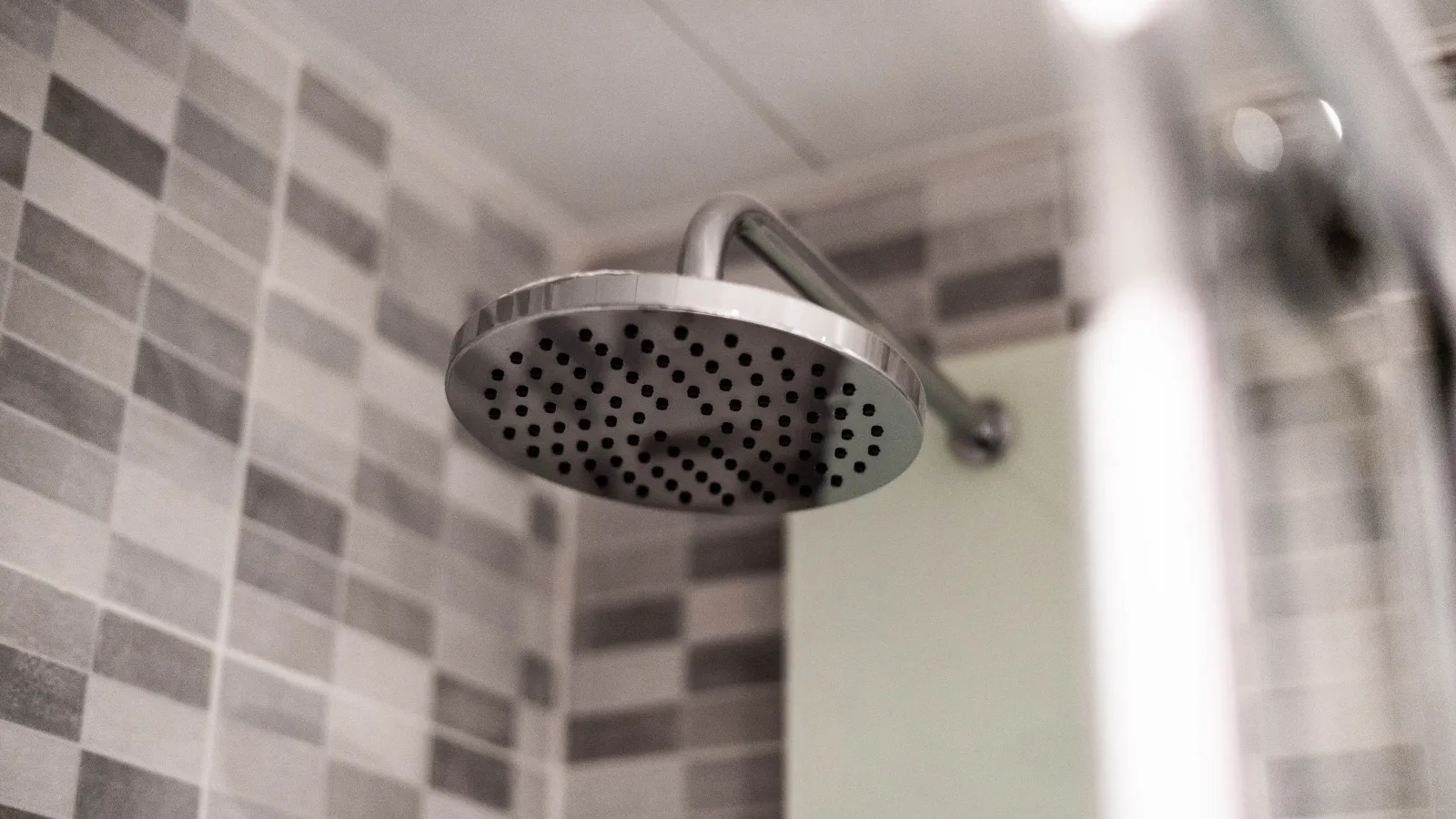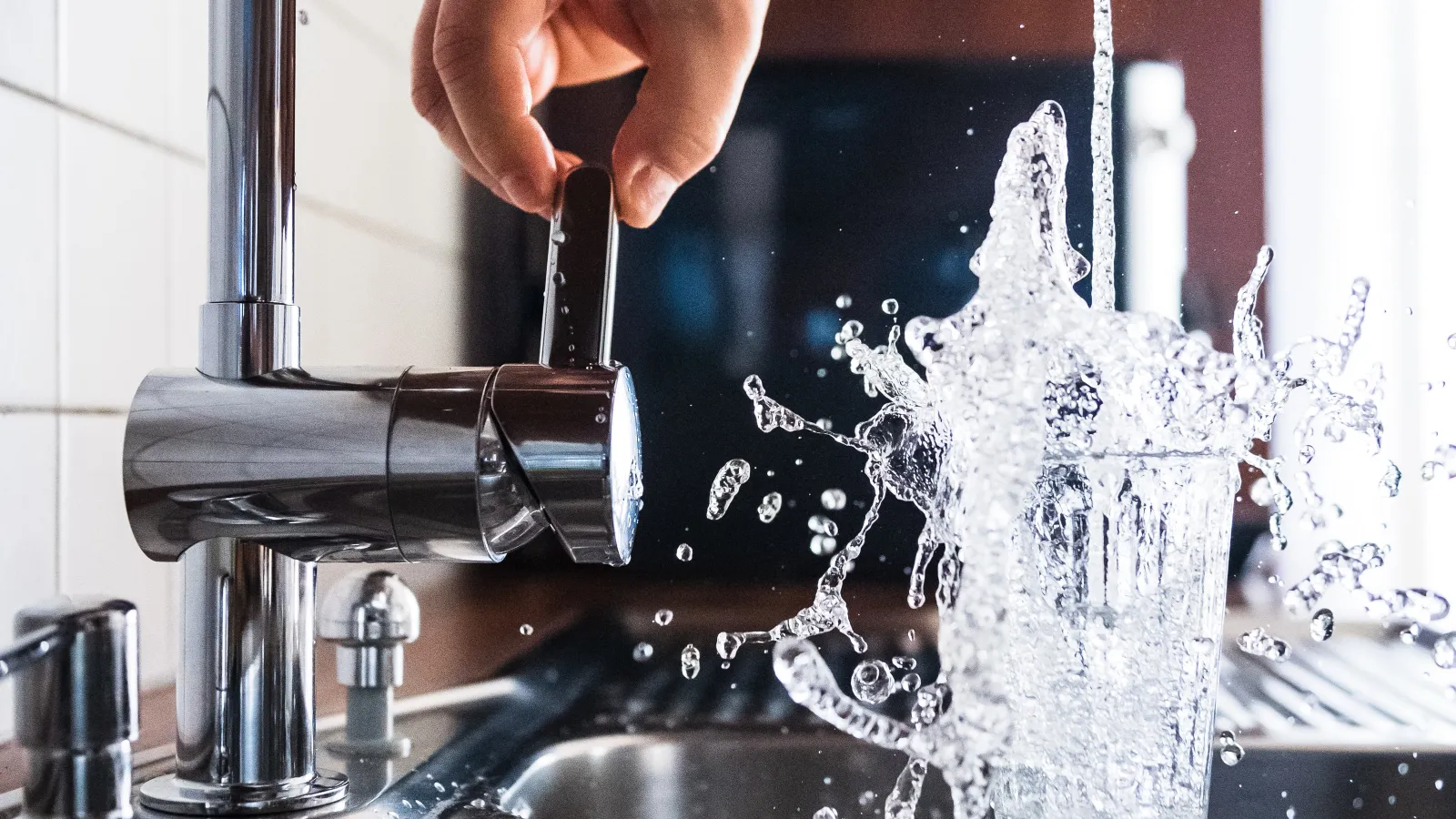Enjoying a hot shower is one of life's simple pleasures, especially on a chilly day. Often, though, a cold shower is what you'll get unless you wait for the water to heat up. Worst of all, gallons of water are wasted in the heating process.
Instead of watching your money go down the drain, consider the advantages of installing a tankless water heater. Also known as demand-type, point-of-use or instantaneous water heaters, they heat water on an "as-needed" basis. Once the faucet is turned on, the heat exchanger goes to work to heat the water coming through the pipes.
A traditional water heater takes time to heat water, resulting in the cold shower problem most homeowners face. A tankless system heats the water via a gas-fired or an electric element. There is no waiting for a tank to fill and heat. In fact, there is no storage tank at all, saving even more money because you don't have to buy the appliance in the first place or use energy to keep the heated water at temperature.
A tankless system provides between two and five gallons of hot water per minute on average. Although a single unit provides adequate hot-water flow for a shower or a dishwasher load, it may not do so when these are running simultaneously. Eliminate the problem by installing individual tankless water heaters for each appliance, from the washing machine to the dishwasher to the hot tub.
A single tankless system can result in a 24 percent to 34 percent increase in energy efficiency. Efficiency increases to between 27 percent and 50 percent for multiple installations, according to Energy.gov.
A tankless water heater is more expensive on the front end than a water storage tank. Over time, however, the unit pays for itself in lower electric or gas bills. Tankless heaters also have a life expectancy of 20-plus years, compared to storage water heaters, which can last just 10 to 15 years.
When selecting a tankless water heater, use the services of a certified plumbing contractor to ensure proper installation of the unit, assess the need for additional electrical outlets and monitor the safety of gas lines.



